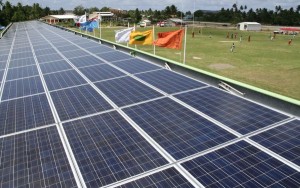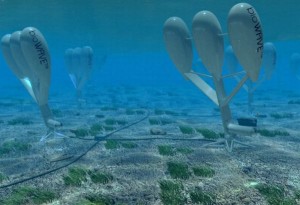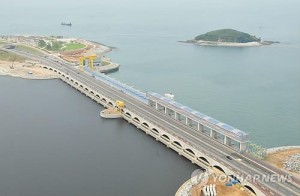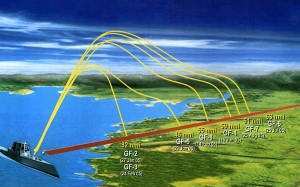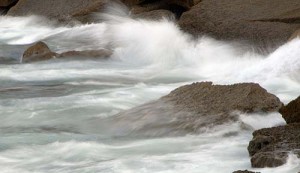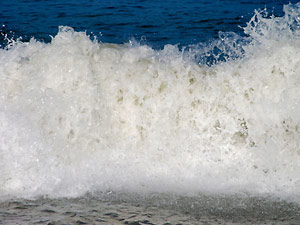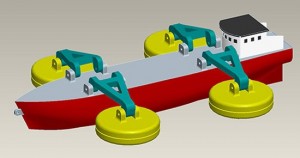Why don’t we have stationary commercial fishing platforms that are anchored offshore, where they sweep the waters with their nets, sending the captured fish back to shore through a pipeline? Well, because it’s simpler and more efficient to send fishing boats out to catch the fish and bring them in. Thinking along those same lines, the Fraunhofer Center for Manufacturing Innovation has proposed a ship-mounted renewable energy-harvesting system, that would be powered by the ocean’s waves.
Traditional wave-power systems, both actual and proposed, are typically permanently located out at sea. Because of this fact, they must be designed to withstand storms. They are also required to send the power that they generate back to shore via underwater cables, which can be very costly to purchase and install. Additionally, because they are permanent structures, they must meet regulatory standards and can’t be located anywhere that ships might run into them.
(more…)
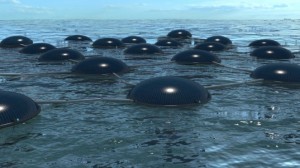
 Follow
Follow
